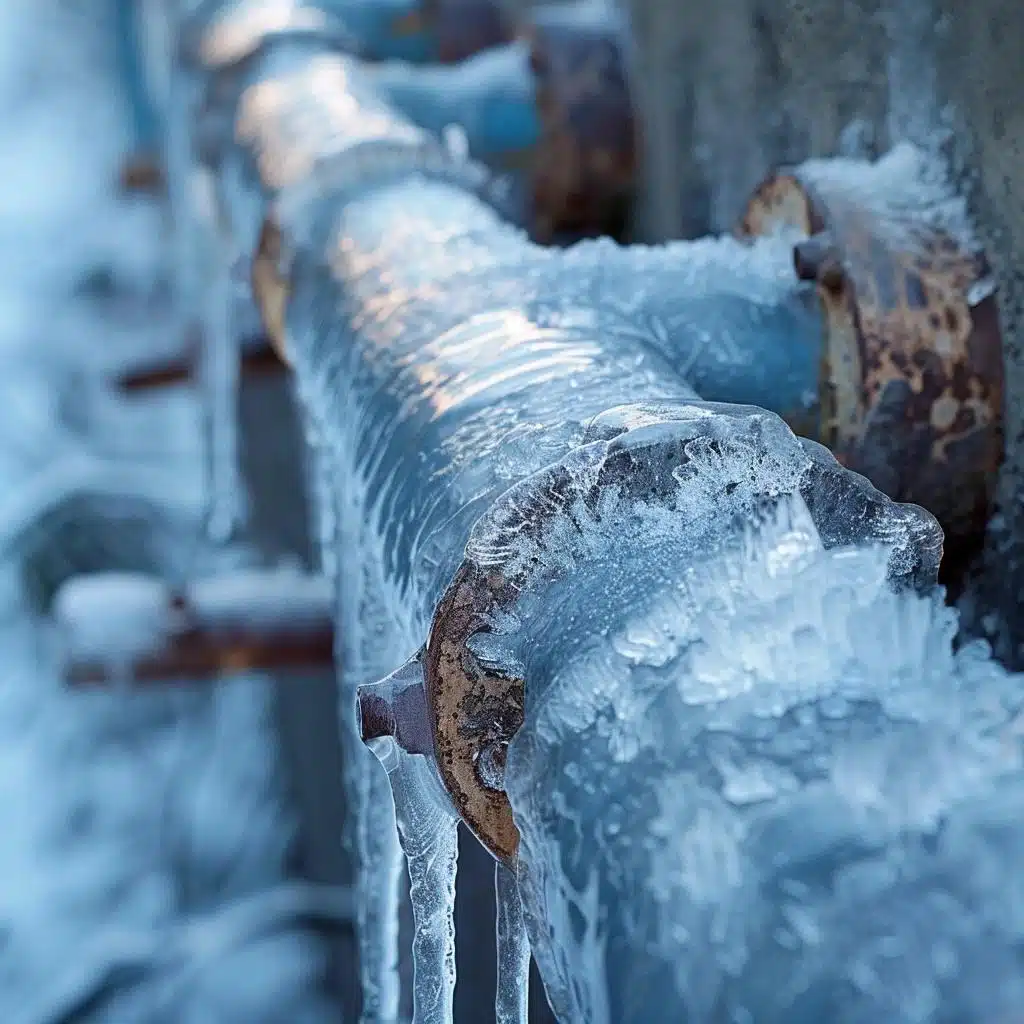Ways to Keep Your Pipes from Cold Weather Damage: Important Guidance
Ways to Keep Your Pipes from Cold Weather Damage: Important Guidance
Blog Article
Just how do you actually feel when it comes to How to Prevent Your Pipes From Freezing?

Cold weather can wreak havoc on your pipes, particularly by freezing pipes. Below's exactly how to stop it from occurring and what to do if it does.
Introduction
As temperature levels decline, the danger of frozen pipes rises, potentially resulting in pricey repair services and water damage. Understanding just how to avoid icy pipes is essential for home owners in chilly climates.
Comprehending Frozen Pipelines
What triggers pipes to ice up?
Pipelines freeze when revealed to temperatures listed below 32 ° F (0 ° C) for expanded durations. As water inside the pipes freezes, it increases, taxing the pipeline walls and possibly triggering them to rupture.
Risks and problems
Frozen pipelines can result in water supply disturbances, home damages, and expensive repairs. Ruptured pipes can flooding homes and create considerable structural damages.
Signs of Frozen Piping
Determining frozen pipes early can stop them from rupturing.
Just how to determine icy pipes
Try to find lowered water flow from taps, uncommon odors or noises from pipelines, and noticeable frost on exposed pipelines.
Avoidance Tips
Insulating susceptible pipelines
Cover pipelines in insulation sleeves or use heat tape to safeguard them from freezing temperature levels. Concentrate on pipelines in unheated or external areas of the home.
Heating strategies
Keep interior rooms effectively heated, specifically areas with pipes. Open closet doors to enable cozy air to distribute around pipelines under sinks.
Safeguarding Exterior Plumbing
Yard hoses and outside taps
Disconnect and drain pipes yard hose pipes before winter. Mount frost-proof spigots or cover exterior taps with shielded caps.
What to Do If Your Pipelines Freeze
Immediate activities to take
If you believe frozen pipes, maintain taps available to soothe pressure as the ice thaws. Use a hairdryer or towels soaked in warm water to thaw pipes slowly.
Long-Term Solutions
Structural adjustments
Consider rerouting pipes far from outside walls or unheated areas. Include additional insulation to attics, cellars, and crawl spaces.
Updating insulation
Invest in top quality insulation for pipelines, attics, and walls. Correct insulation helps keep constant temperatures and lowers the danger of icy pipes.
Verdict
Stopping icy pipelines requires aggressive procedures and quick actions. By understanding the causes, indicators, and preventive measures, house owners can safeguard their plumbing throughout winter.
5 Ways to Prevent Frozen Pipes
Drain Outdoor Faucets and Disconnect Hoses
First, close the shut-off valve that controls the flow of water in the pipe to your outdoor faucet. Then, head outside to disconnect and drain your hose and open the outdoor faucet to allow the water to completely drain out of the line. Turn off the faucet when done. Finally, head back to the shut-off valve and drain the remaining water inside the pipe into a bucket or container. Additionally, if you have a home irrigation system, you should consider hiring an expert to clear the system of water each year.
Insulate Pipes
One of the best and most cost-effective methods for preventing frozen water pipes is to wrap your pipes with insulation. This is especially important for areas in your home that aren’t exposed to heat, such as an attic. We suggest using foam sleeves, which can typically be found at your local hardware store.
Keep Heat Running at 65
Your pipes are located inside your walls, and the temperature there is much colder than the rest of the house. To prevent your pipes from freezing, The Insurance Information Institute suggests that you keep your home heated to at least 65 degrees, even when traveling. You may want to invest in smart devices that can keep an eye on the temperature in your home while you’re away.
Leave Water Dripping
Moving water — even a small trickle — can prevent ice from forming inside your pipes. When freezing temps are imminent, start a drip of water from all faucets that serve exposed pipes. Leaving a few faucets running will also help relieve pressure inside the pipes and help prevent a rupture if the water inside freezes.
Open Cupboard Doors
Warm your kitchen and bathroom pipes by opening cupboards and vanities. You should also leave your interior doors ajar to help warm air circulate evenly throughout your home.

I am just very serious about Preventing and dealing with frozen pipes and I am hoping you enjoyed the entire blog post. Kindly take the opportunity to distribute this blog if you enjoyed it. Many thanks for going through it.
Book Today Report this page